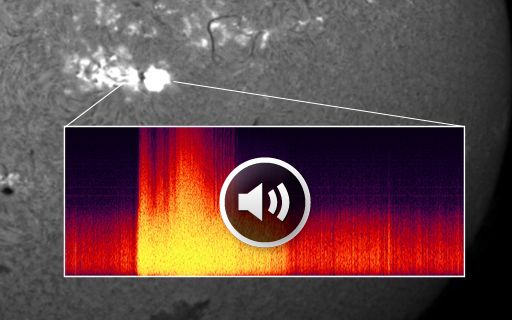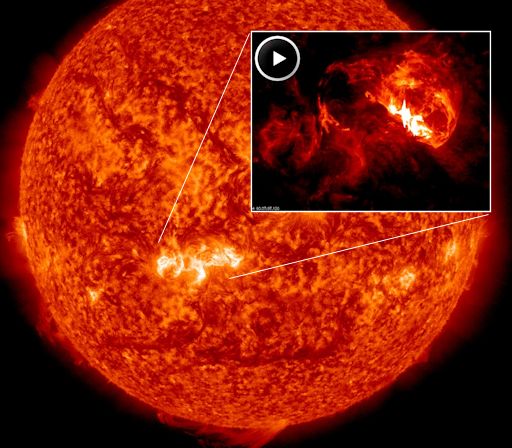Hubble Confirms Comet ISON Is Holding It Together
http://news.discovery.com/space/ast...-comet-ison-is-holding-it-together-131017.htm
Despite speculation to the contrary, Comet ISON is holding its own against the sun's heat, with its cometary nucleus apparently remaining as a solid mass.
New observations carried out by the Hubble Space Telescope on Oct. 9 have resolved the interplanetary traveler with a beautifully smooth coma (the dust and gas around the "head" of the comet) with a bright tail swept back.
PHOTOS: When Comets Break Up
The comet -- which was discovered in September 2012 by the International Scientific Optical Network (ISON), near Kislovodsk, Russia -- is believed to be a pristine cometary nucleus that has fallen from the hypothetical Oort Cloud -- a reservoir of icy fragments left over from the birth of the solar system. It is reckoned that this "shell" of proto-comets is located around 1 light-year away from the sun.
As this is its first visit to the inner solar system, astronomers theorized that ISON's nucleus might fragment as it becomes heated by the sun's energy. Looking at this image, there appears to be no abnormalities in the comet's coma that would reveal fragmentation.
NEWS: Comet ISON Likely to Survive Solar Plunge
Interestingly, as noted by a Space Telescope Science Institute news release, a polar jet of dust projecting from ISON's nucleus seen in Hubble images taken in April is no longer visible and likely turned off.
ISON is due to make its closest pass to the sun on Nov. 28 and, should it survive the fiery encounter, the comet could become an impressive sight in nighttime and daytime skies when it makes closest approach with the Earth on Dec. 26.
http://news.discovery.com/space/ast...-comet-ison-is-holding-it-together-131017.htm
Despite speculation to the contrary, Comet ISON is holding its own against the sun's heat, with its cometary nucleus apparently remaining as a solid mass.
New observations carried out by the Hubble Space Telescope on Oct. 9 have resolved the interplanetary traveler with a beautifully smooth coma (the dust and gas around the "head" of the comet) with a bright tail swept back.
PHOTOS: When Comets Break Up
The comet -- which was discovered in September 2012 by the International Scientific Optical Network (ISON), near Kislovodsk, Russia -- is believed to be a pristine cometary nucleus that has fallen from the hypothetical Oort Cloud -- a reservoir of icy fragments left over from the birth of the solar system. It is reckoned that this "shell" of proto-comets is located around 1 light-year away from the sun.
As this is its first visit to the inner solar system, astronomers theorized that ISON's nucleus might fragment as it becomes heated by the sun's energy. Looking at this image, there appears to be no abnormalities in the comet's coma that would reveal fragmentation.
NEWS: Comet ISON Likely to Survive Solar Plunge
Interestingly, as noted by a Space Telescope Science Institute news release, a polar jet of dust projecting from ISON's nucleus seen in Hubble images taken in April is no longer visible and likely turned off.
ISON is due to make its closest pass to the sun on Nov. 28 and, should it survive the fiery encounter, the comet could become an impressive sight in nighttime and daytime skies when it makes closest approach with the Earth on Dec. 26.
Last edited:




